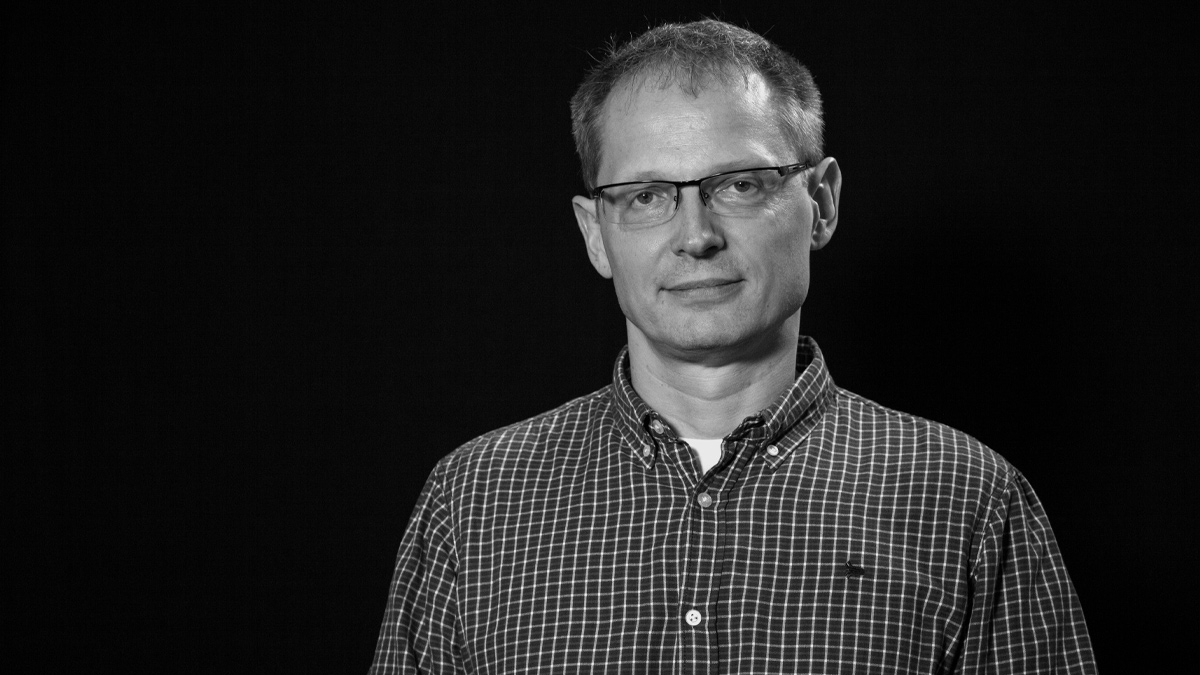Slawomir Nasuto

-
+44 (0) 118 378 6701
-
Professor of Cybernetics
Head of Biomedical Engineering
Areas of interest
Professor Slawomir J Nasuto's research interests span computational neuroscience and neuroanatomy, developing systems for neural morphology reconstruction, Neuromantic, analysis of signals generated by the nervous system including EEG, single neuron and multivariate spike trains or EMG and their applications for Brain Computer Interfaces and Animats (robots controlled by neural cultures). He also have research interests in Stochastic Diffusion Search, an algorithm belonging to a family of Swarm Intelligence methods and he has been involved in applications of such techniques in aerospace problems.Postgraduate supervision
Study for a PhD with Professor Slawomir J Nasuto
Prof Nasuto is accepting PhD applications in the areas related to dynamic complex networks models of brain activity, computational neuroscience, neuroscience of anticipation, animats, cognition of coordinated behaviour, Brain Computer Interfaces. Examples of potential projects include:
- Anticipatory characteristics of nonlinear complex systems dynamics
- Complex network control of stem cell derived cultures
- Intelligent estimation of the structural connectivity of neuronal cultures
- Machine learning for affective manipulation in music Brain Computer Interfaces
- Movement control using dynamics matching and anticipatory coupling
Research projects
Prof Nasuto is heading the Brain Embodiment Laboratory, where interdisciplinary research is conducted at the interface of biomedical engineering, neuroscience and cognition. The laboratory is trying to foster understanding of the information processing in the nervous system at different scales of integration, from cultures of neurons grown on multiple electrode arrays to whole brain signals recorded with EEG and fMRI, and from intention and affect in individuals to coordination of collective behaviour. Various projects on Brain Computer Interfaces, animats - hybrid systems consisting of cultures of biological neurons and robots, form engineering platforms that both enable us to ask such questions but also to translate them into potentially therapeutic solutions.
Please see here for some related publications.